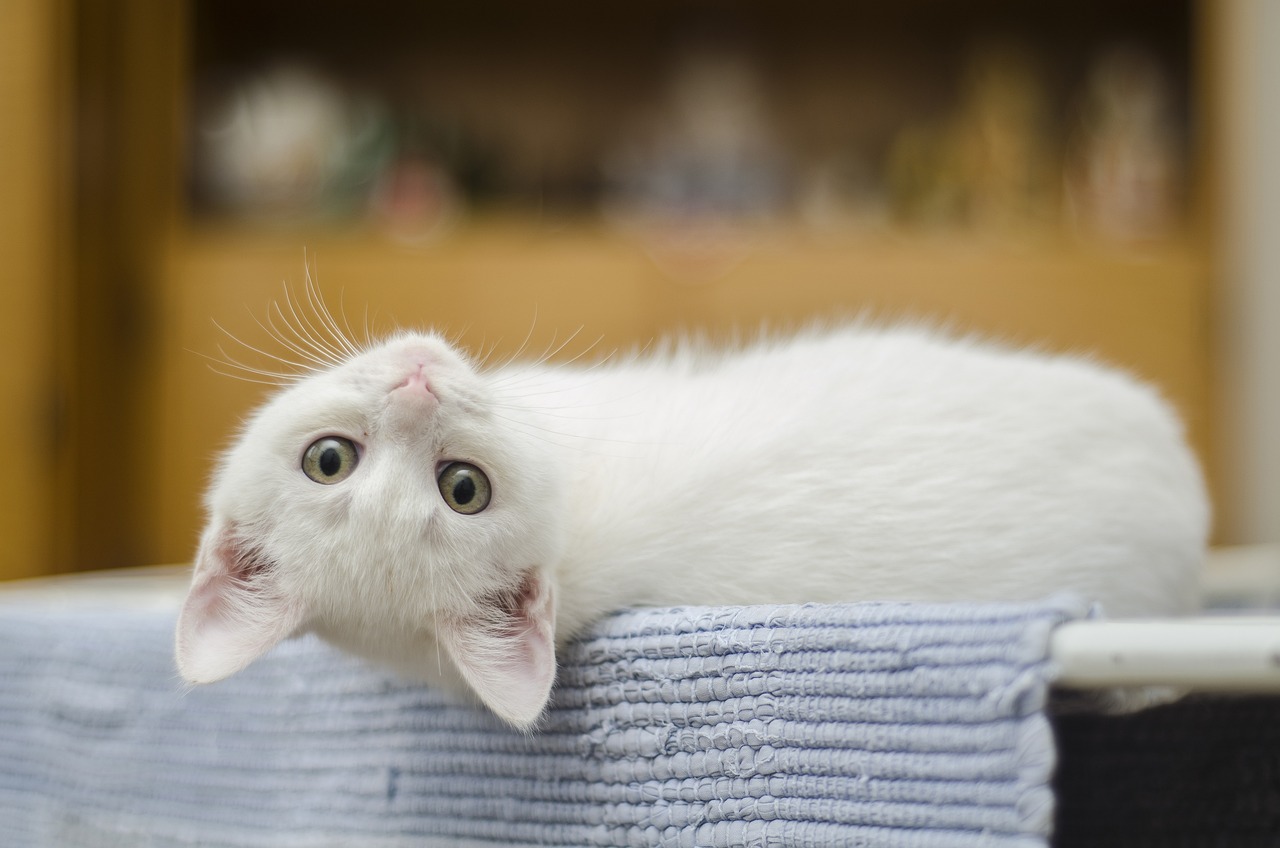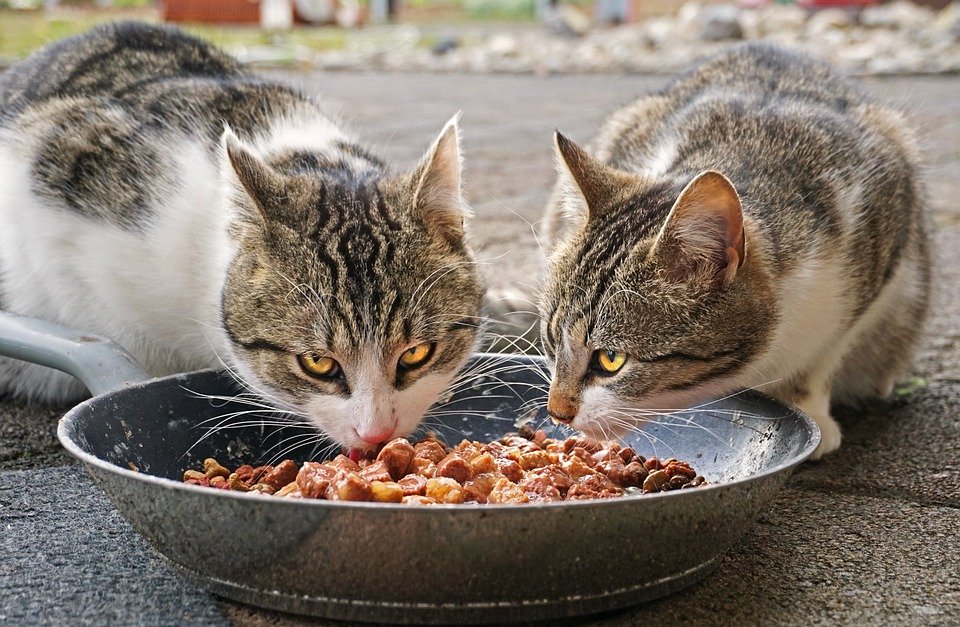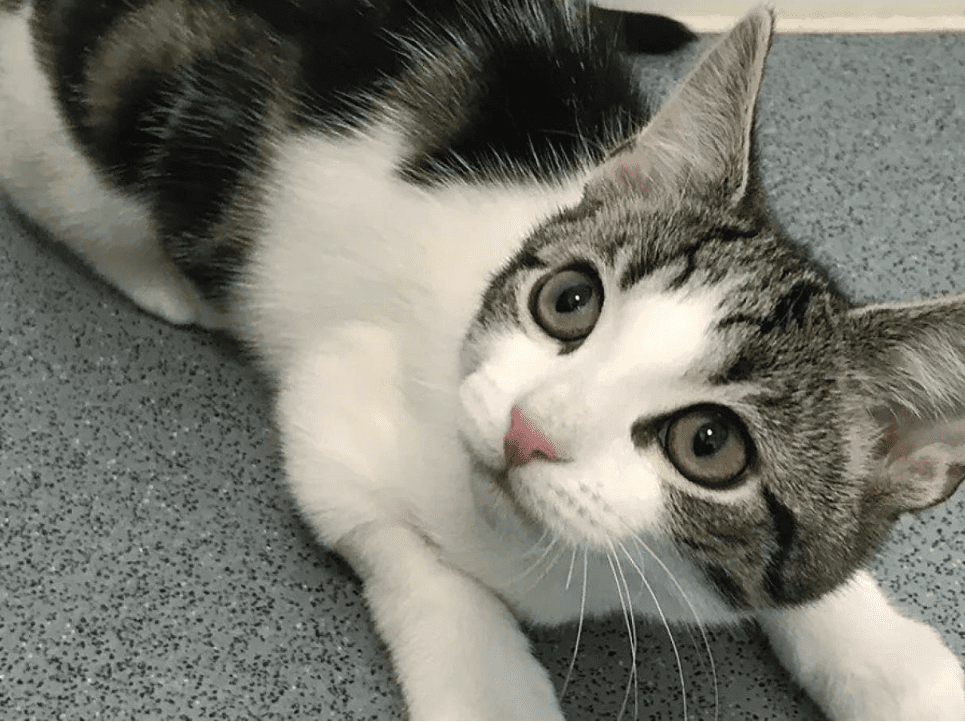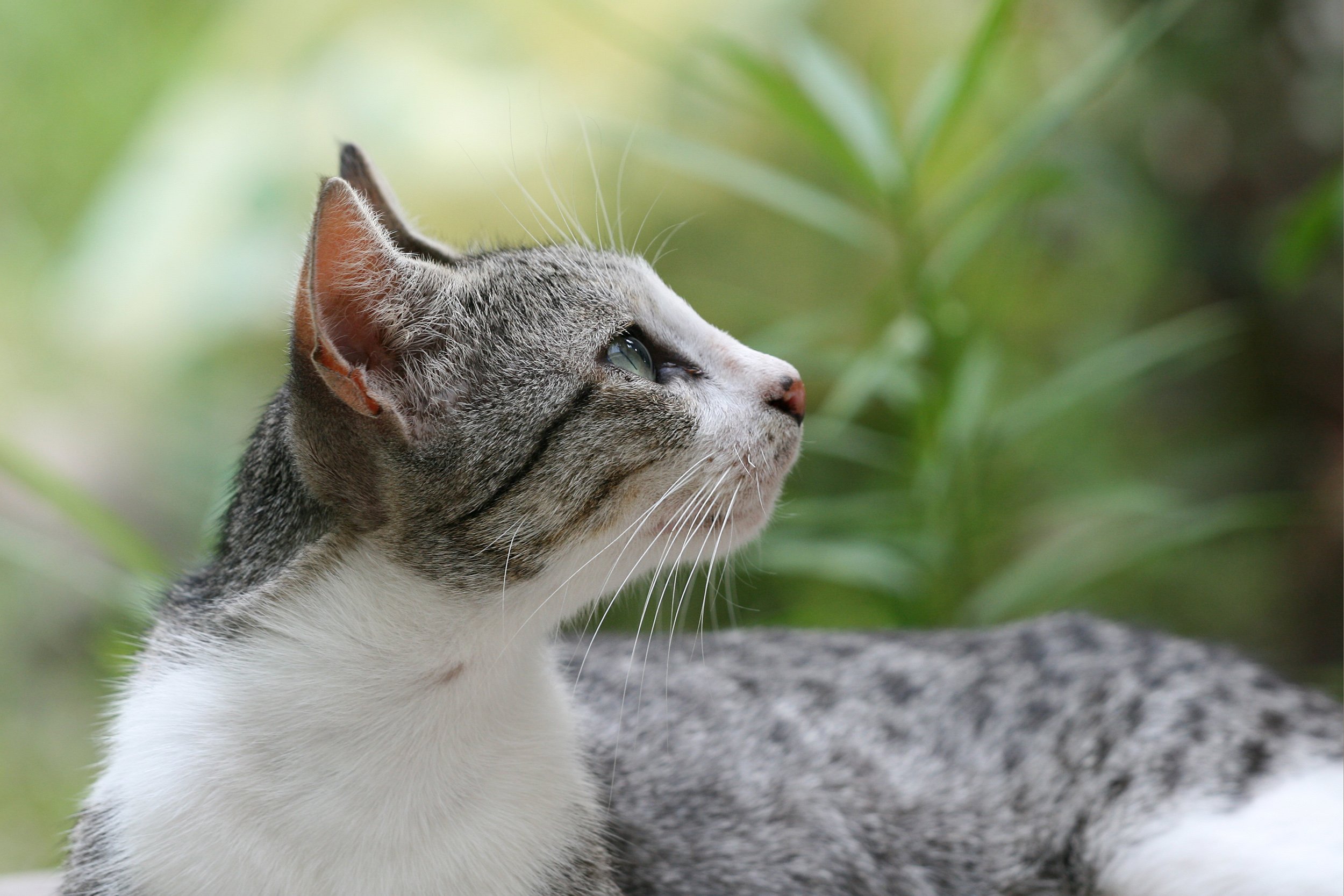If you’ve lived with cats, you’ve probably found yourself saying “Why are you doing that, my child? Are you annoying?” when they knock over a flower pot or throw your favorite mug off the table. Of course, there are a thousand other ways of reproach, but what’s the use! It is not easy to reach a definitive answer as to why cats do such “annoying” things.
Some recent research has made progress in addressing more conscious human concerns about cat ownership, such as the suggestion that cats know their names and are emotionally attached to us. But research that delves deeper into domestic cat behavior, genetics and psychology in general is still nascent, especially when compared to existing studies on dogs…
To (partly) explain this lack of knowledge, we can look to history. There was a time when humans developed an interactive relationship with dogs, performing tasks together that required a kind of companionship and understanding. In comparison, the ancestors of our cats hunted and existed in solitude. We had less reason to understand what was going on inside their heads.
“The cat suffers a little bit from the legacy of being a creature that lives in people’s homes and farms and keeps the rat population down. They have the legacy of being not exactly a wild animal, but an animal that lives around the edges of society, so to speak.”
Even as cats move into homes and make friends with people over time, the belief that they are “asocial and aloof” persists. This belief may fuel the angry cat videos that everyone sends to each other, but beyond that, it can also create roadblocks for loving cat owners trying to correct problematic behavior or simply maintain a happier home environment.
Luke Hollenbeck, a cat behaviorist at the Animal Behavior Wellness Center in Fairfax County, Virginia, says, “There are so many misconceptions that cats are vindictive or ‘goofy’ or aloof or asocial… They are constantly trying to communicate with us and people need to be really good at understanding that. If there’s a communication barrier, we don’t get along very well.”
Cats are not antisocial
Cats are descended from solitary creatures, but that doesn’t mean they are hermits. In the wild colonies that form the basis of most feline social research, cats develop dynamic relationships with their peers by – in Hollenbeck’s words – ‘picking a few friends to hang out with’. Hollenbeck opens as follows:
A lot of this also depends on different personalities and social preferences; every cat is individual. Just as you and I may choose to hang out with different people or participate in different activities, cats are no different.
Studies of wild colonies show that cats tend to form matriarchal social bonds. (Typically a community of mothers, aunts and sisters.) Males, by the time they are about a year old, are more likely to be nomadic. While current research focuses primarily on wild cats, anyone who has lived with more than one cat can confirm that domesticated cats also bond with each other when they want to.
According to Monique Udell, director of the Human-Animal Interaction Lab at Oregon State University, who researches the social potential of domestic cats, cats actually have a “flexible” social structure, which means they can exist successfully on their own or in groups, depending on their early life experiences (such as whether they encountered humans as infants) and their environment. Udell says
When we give them the same opportunities or challenges we regularly give dogs, we often find that not only do cats exhibit high levels of social behavior, but many cats actually prefer social interaction.
Of course, no one – cat or human – wants to be around others all the time. Leslie Sinn, a veterinarian specializing in animal behavior, says that domestic cats, like their wild ancestors, navigate conflicts through dispersal – moving away from an uncomfortable situation to protect themselves. And therein lies the problem. “This is where we often run into problems at home, because there’s very limited movement to avoid conflict,” Sinn explains.
Dominant or submissive? It’s actually a bit complicated
In a multi-cat household, what might be perceived as one cat displaying “dominance” over another is often the grumpy cat’s way of pointing out a problem in their environment. “Dominance is actually a huge trigger word in the behavior consulting world because it’s so often misunderstood,” says Hollenbeck, “Cats certainly don’t form a dominance hierarchy where one is on top and the cats are below them.”
While today’s house cats have evolved to coexist socially with humans and other animals, much of their behavior continues to be motivated by survival instinct, and encroaching on their space can trigger conflict. This means that individualization of resources – having their own food, water and toilets – is incredibly important to them.
It would be more accurate to use the term “territorial” rather than “dominant” to describe the maladaptive behaviors that can occur in multi-cat households. One cat may block the entrance to the litter box or block access to other cats’ food bowls at mealtimes, indicating that these resources need to be increased and located further apart so that each animal has its own space and belongings. While multiple cats can of course share a toilet harmoniously, they will appreciate it even more if these and the accompanying food bowls, water bowls and toys are as separate as possible.
Yet some cats may never be each other’s best friend. Differences in age, energy levels and experiences can fuel conflicts. Serpell says that some cats’ personalities are not fully formed.
Researchers from Denmark have conducted a study to understand why some cats get along more easily than others and to learn more about the roots of their individual personalities. As mentioned above, it’s possible to reduce drama at home by creating a world where they’re not forced to share every need, but some of our furry friends aren’t so accommodating. In fact, Serpell says
“You will encounter something that is almost cruel, a kind of ongoing bullying. There are cats who seemingly take pleasure in persistently annoying another cat.”
They don’t tear your sofa apart to spite you
Cat owners may think their pets are using the furniture as a scratching post or the carpet as a toilet as a form of revenge, but this is rarely the case. “They don’t wake up in the morning and plan how they’re going to ruin your day,” Sinn says.
Instead, unusual or upsetting behavior is more likely to be your cat’s way of communicating that something is wrong, either emotionally or medically. Signs that something is wrong include growling and other forms of aggression, dislike of their litter box, and constant scratching or other destructive actions. Sometimes the underlying cause is obvious; perhaps you need to move the scratching post to a more accessible spot or clean the litter box more often.
Other causes may be more difficult to detect and require more careful observation. For example, an older cat forced to live with a rambunctious young cat may isolate itself, hiss or growl when it cannot be left alone; conversely, a young cat that spends most of the day alone may cause problems out of boredom.
“A lot of the so-called mischievous behavior of cats is just an attempt to get their owner’s attention,” says Serpell, “Through trial and error, they’ve learned that if they sit at your desk and throw your pens on the floor, eventually you’ll pay attention to them or get up.” Taking an extra 30 minutes each day to interact with your cat can lead to a happier dynamic.
Hollenbeck emphasizes that “misbehavior” in cats rescued from unknown situations can stem from past trauma. An animal that was always hungry in a previous life may become defensive or anxious about food, just as a cat that was mistreated by its previous owners may be anxious around people. “They’re really good at generalizing this fear as a survival instinct,” says Hollenbeck.
You can teach some cats tricks
The stereotype that cats are either too independent or too indifferent to listen to the “stupid human” telling them to come and go or roll over is not a universal truth. At the Human-Animal Interaction Lab, Udell and her colleagues teach both children and adults lessons to strengthen their bond with cats. This includes practicing playing with cats and teaching them to play.
Although the situation varies from cat to cat, the vast majority of cats in the studies are skilled at walking on a leash, retrieving discarded toys and performing other tricks when given time and attention.
Separate to Udell’s findings, another study last year by researchers at the University of Sussex also found that cats can play fetch by retrieving something that has been thrown away, although it’s not yet clear whether this behavior is driven more by a bond with the object rather than the owner.
Editor’s note One of our two cats can retrieve a toy we have thrown away. In fact, he often brings it to us and starts the game himself. The other cat has no interest in this kind of game.




